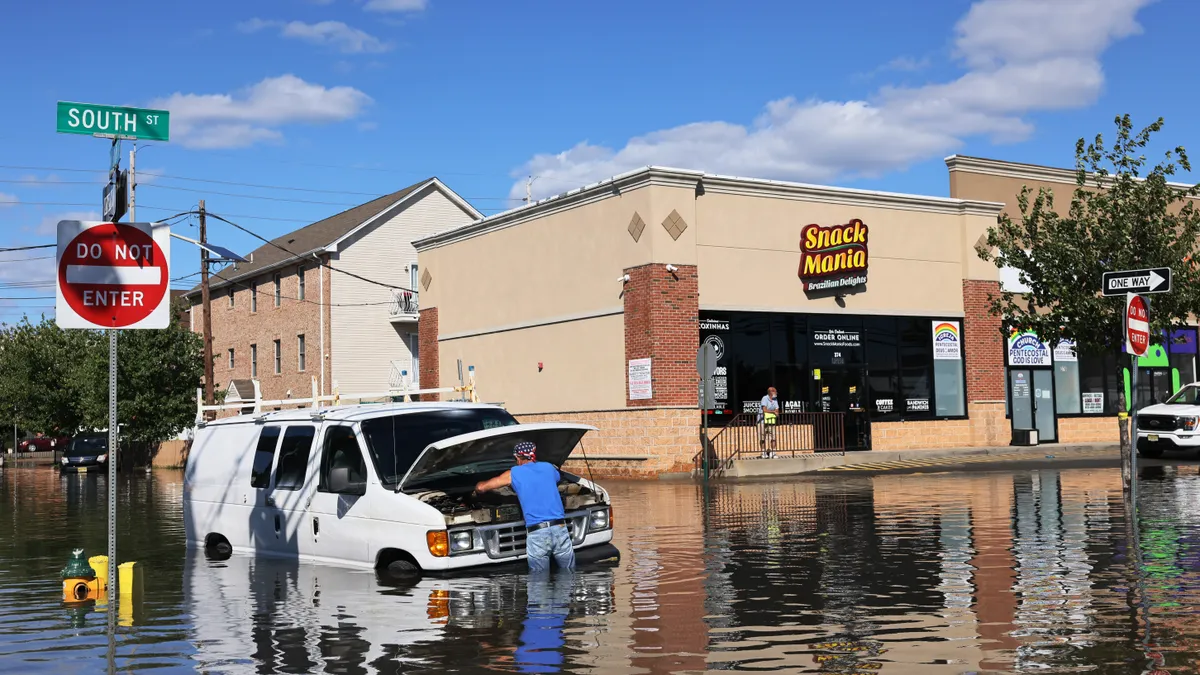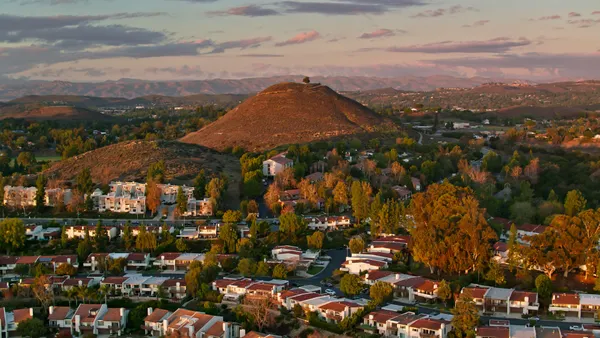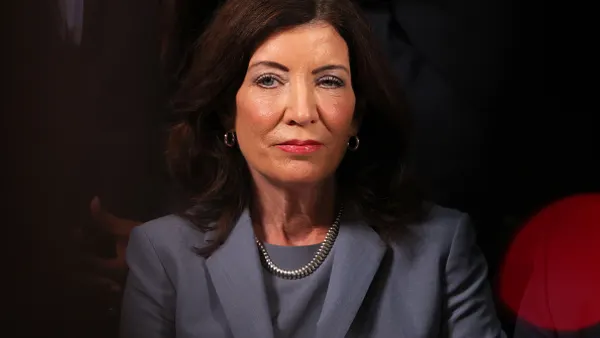The most vulnerable communities suffer the worst in climate-related disasters. To keep them safe and resilient, local governments need to implement specialized communication strategies, according to a report from the Societal Experts Action Network, a National Science Foundation program, released last month.
“Extreme weather events intensified by climate change have been increasing in frequency and severity,” the report states. “The physical, social, economic and health impacts of these events are felt disproportionately by vulnerable communities and are magnified by existing inequities.”
Decision-makers need to develop plans to communicate with communities well before disaster strikes, whether it’s a flood, heavy precipitation, drought, hurricane and extreme heat or cold, according to the report. Experts recommend a comprehensive, specified approach.
SEAN suggests forming partnerships with community groups that residents trust, coordinating a decision-making process with them and addressing the structural inequities that put some communities at greater risk.
Few communities have taken this approach, according to report co-author Edward Maibach, a professor and director of the George Mason University Center for Climate Change Communication: “Sadly, I suspect that relatively few US communities are using best practices to educate and engage their residents in understanding their climate risks and response options.” Maibach pointed to a study a couple of years ago in the American Journal of Public Health that found just 2% of local health departments’ websites showed any information about health risks related to climate change.
Still, most local governments can implement an effective outreach plan, Maibach said. “A serious community-wide effort to educate and engage community members need not be expensive — thanks to the low costs of digital communication and community meetings — but it does require moving beyond a business-as-usual approach,” Maibach said in an email. “People care about their community, and they can be engaged in a serious, adult conversation about how to protect their community from the havoc being caused by climate change.”
Accordingly, SEAN recommends that local governments publicize their risk and adaptation strategies. Using simple, clear, relevant and frequent messaging that minimizes technical jargon can help ensure that all community members understand how to respond to a disaster since people may interpret messages differently, the report says.
Communities that are vulnerable during these disasters may consist of “pregnant people, children, older adults, immigrant groups, Indigenous people, low-income communities, communities of color, people with disabilities, vulnerable occupational groups (workers exposed to extreme weather), and people with preexisting medical conditions,” plus people without cars, those with limited English proficiency and others, the report says.
The report notes certain coordination efforts already in effect. For example, the Federal Emergency Management Agency has set up a Resilient Nation Partnership Network that collaborates with local groups to cope with climate disasters, with more than 1,500 organizations participating.
Many local leaders remain hesitant to speak to their communities about climate change despite data suggesting widespread resident concern. Maibach pointed to public opinion data from The Yale Climate Opinion Maps showing that about two-thirds of Americans are worried about climate change. “Some community members will object, but many more will be grateful.”
Michael Brady contributed reporting for this story.












